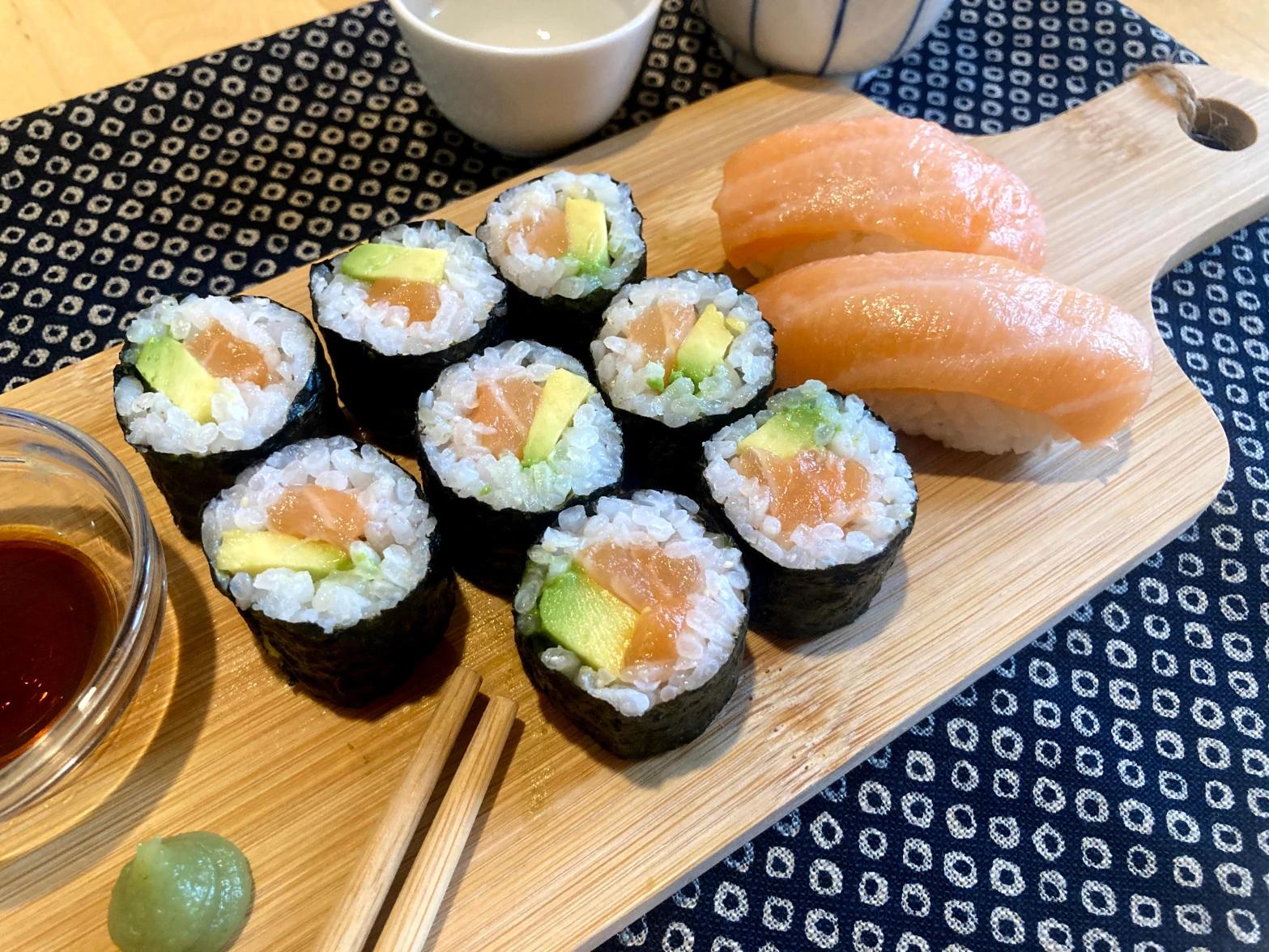
Cassava (Attiéké), Corn & Cognition: Rethinking the African Diet in a Global Brain Health Context
- Charles-Stephen

- Apr 24
- 4 min read
The World Health Organization doesn’t throw around the word cretinism lightly. So when Cameroonian intellectual and researcher Jean Paul Pougala dropped this bomb during a 2025 conference in Paris, the air in the room reportedly changed. His message? The staple food of millions across Central and West Africa cassava (manioc, attiéké, atoukpou and placali) could be contributing to a silent crisis of cognitive decline, particularly in areas where it is consumed in large quantities and without proper processing.
This is not some fringe conspiracy. Pougala cited decades of peer-reviewed research stretching back to the 1970s, including studies from the Democratic Republic of Congo, Colombia, Sri Lanka, and India. They all point toward one thing: excessive and improperly prepared cassava consumption is linked to cognitive damage, especially when it’s the main—sometimes sole—source of nutrition.
The Science Behind the Starch
Cassava, or yuca, contains cyanogenic glycosides—
a fancy way of saying “natural cyanide.” In small doses, the human body can usually detoxify it.
But in regions where cassava makes up 70% to 80% of the diet (like parts of Cameroon or northern Côte d’Ivoire), the body gets overwhelmed. The result? Developmental delays, impaired memory, slowed learning, and in extreme cases, full-blown cretinism—a medical term for severe intellectual disability caused by environmental or nutritional factors.
Even boiled cassava isn’t completely innocent. While cooking does reduce cyanide levels, it doesn’t eliminate them. And dishes like attiéké, placali, gari, or eba ,staples in Ivorian and Nigerian households, often become problematic when eaten daily without a diverse diet to balance things out.

Ironically, in Côte d’Ivoire, attieké is often served with fried fish (poisson braisé), alloco (fried plantain), raw onions, and spicy vegetables. This combination helps mitigate some of the damage by adding protein, antioxidants, and fiber. But here’s the truth: after eating a heavy attiéké lunch, how many people actually feel productive? You don’t. You want a nap. A slow brain is not the vibe.
Placali, Banku, and the Corn Factor 🌽

Let’s add another layer. Corn, another dominant starch across Ghana and Nigeria, especially in dishes like banku or kenkey, is also not indigenous to West Africa. Like cassava, it was introduced post-colonization—thanks, Columbus. Both crops originate from Latin America and were repurposed by colonial powers as “slave foods.” High-yield, cheap, and filling—but nutritionally poor when unbalanced.

Now here’s the kicker: while corn doesn’t have cyanide, it can lead to niacin deficiency (pellegra) when consumed without complementary foods. So again, if your daily diet is just corn and more corn, the long-term result can be mental fog, fatigue, and mood disorders. That’s before we even get into mycotoxins and mold contamination, which are serious problems with improperly stored maize in tropical climates.

Asia Did It Differently
Compare this to East Asian diets and Scandinavian diets particularly Japanese, Korean and Norway. There’s a heavy emphasis on omega-3 fatty acids through fish, seaweed, fermented soy, and low-starch vegetables. Avocado is also highly present in the Japanese diet. Sushi isn’t just a bougie delicacy. It’s brain food. And the results speak for themselves: higher average IQ scores, longer attention spans, and lower dementia rates. Not magic. Just science—and nutrition.
Let’s be real: intelligence isn’t solely diet-based. But consistent malnutrition, especially from early childhood, shapes brain architecture. While West African cuisine is rich in culture and flavor, it’s time to also interrogate its impact on long-term cognitive health—especially in the face of modern challenges like education, innovation, and global competitiveness. Look at Scandinaves plates when you go to Ikea ! I mean those countries are light years in advance technologically and in efficiency compared to West African countries.


From Cassava to Corn Syrup: The Bigger Picture
Before we wrap this up, let’s zoom out. If cassava and corn can quietly affect brain function in Africa, what do you think high fructose corn syrup—found in almost every soda, snack, and processed food in America—is doing to brains in the U.S.? Especially children. Especially in underserved communities.

But that’s a topic for the next post. Let’s just say the story of corn is far from over. We will be talking about how apparently they fed a group of rats high fructose corn syrup and they became more agressive and more prone to violence compared to those who weren’t fed any corn ever!
This article isn’t about demonizing traditional food. It’s about balance, awareness, and strategic adaptation. Attieké with grilled fish and fresh vegetables? That’s a beautiful plate. A whole week of just attieké, no greens, and a Coke? That’s a slow decline, worst is that many folks drink beer which is malt 🍺🌽 with the attieke.

We need public health campaigns, nutritional education, and a cultural shift in how we think about our food—not just for survival, but for legacy. Some people say that ignorance is blissful. Maybe thats why we are happier in West Africa, we are creative when it comes to dances, music etc but we tend to be lazy on important issues. There needs to be a balance.
Because food is more than flavor. It’s fuel for the mind, body, and spirit. And the real sovereignty is mental.
Illustrated with real dishes from Côte d’Ivoire, Ghana, Japan and Norway to show the beautiful contrast in cuisine and cognition.




















Comments